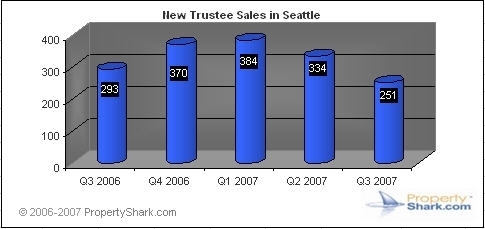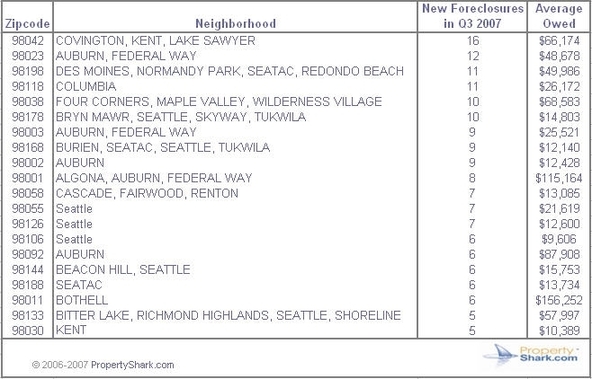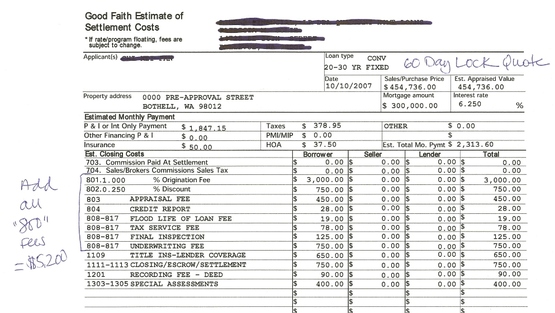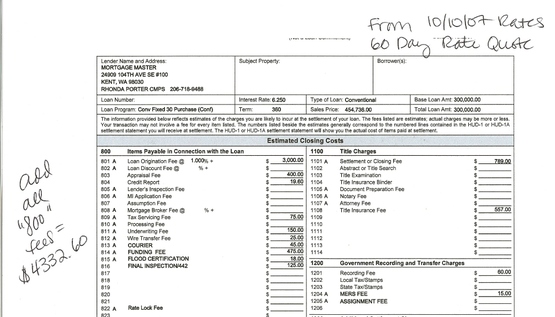There has been quite a bit of speculation that the conforming loan limit might be temporarily increased before the end of the year to try to provide some relief for the jumbo market (loans over $417,000 for single family dwellings). OFHEO has announced that the conforming loan limit will not be reduced through 2008.
In our region, you’re probably reading this say, "Duh! Of course the loan limit shouldn’t be reduced". Nationally, homes are depreciating. Our home values have been less volatile than other parts of the country. Conforming loan limits are set based on a certain percentage of the national home prices.
"The conforming loan limit is adjusted annually through a calculation of year over year changes to the existing level of home prices based on data from the Federal Housing Finance Board’s Monthly Interest Rate Survey (MIRS)".
In late November, OFHEO will announce the 2008 conforming loan limits. There is still a possibility that loan limits may be temporarily increased. Congressman Barney Frank, Chairman of the House Financial Services Committee, would like the conforming loan limits to be temporarily lifted to $625,000.
OFHEO is now seeking additional comment on the revised guidance within 30 days of its publication in the Federal Register.
I have a suggestion for OFHEO, why not allow loan limits to be factored on a county basis instead of national? This system seems to work just fine for FHA loan limits.

















Recent Comments